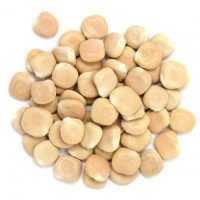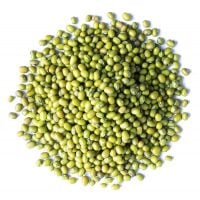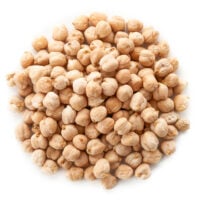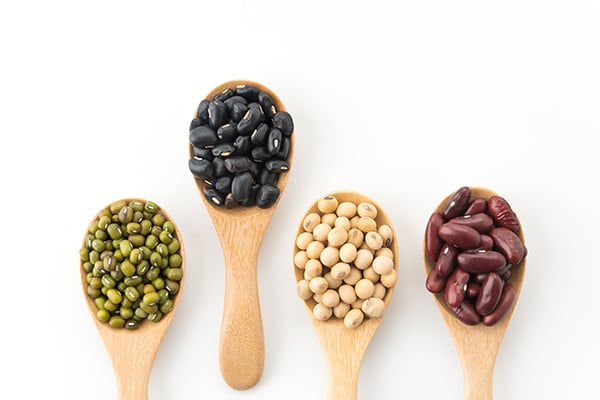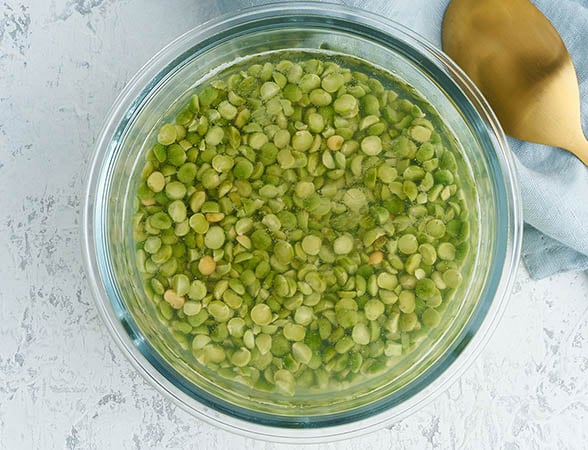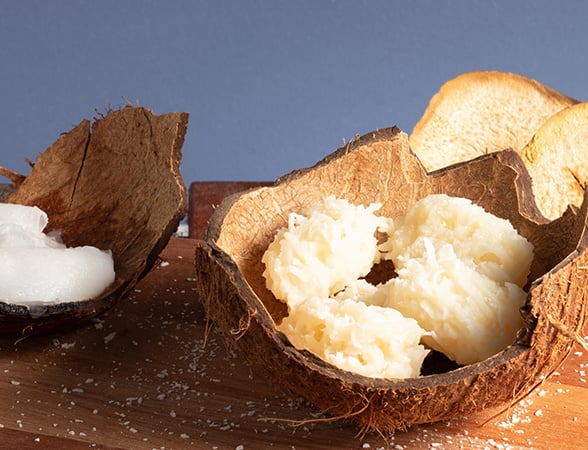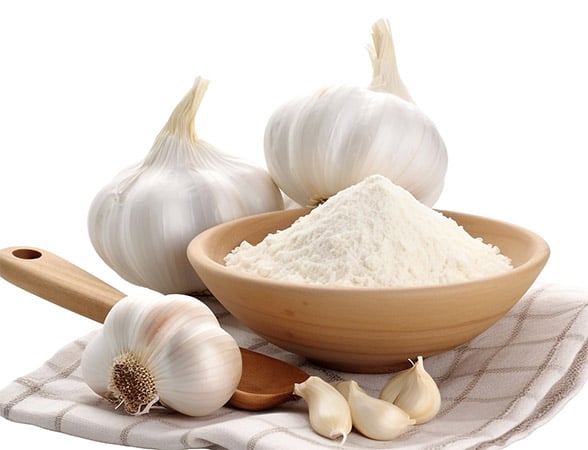December 10, 2015 · Written by Foodtolive Team
Lupini Beans: the Health Benefits and Ways of Consuming Them
Lupini beans are considered to be native to Italy, and their cultivation spread gradually over the Mediterranean region several thousands years ago. The evidence of this is that several beans were found in the tomb of an Egyptian pharaoh, who lived in the 22nd century BC. Several varieties of lupine beans also originated from South America. Nowadays, these beans are cultivated in the south of Europe, South America and in Near East. However, their popularity is growing in other parts of the world due to their unusual taste as well as their nutritious and health-beneficial qualities.
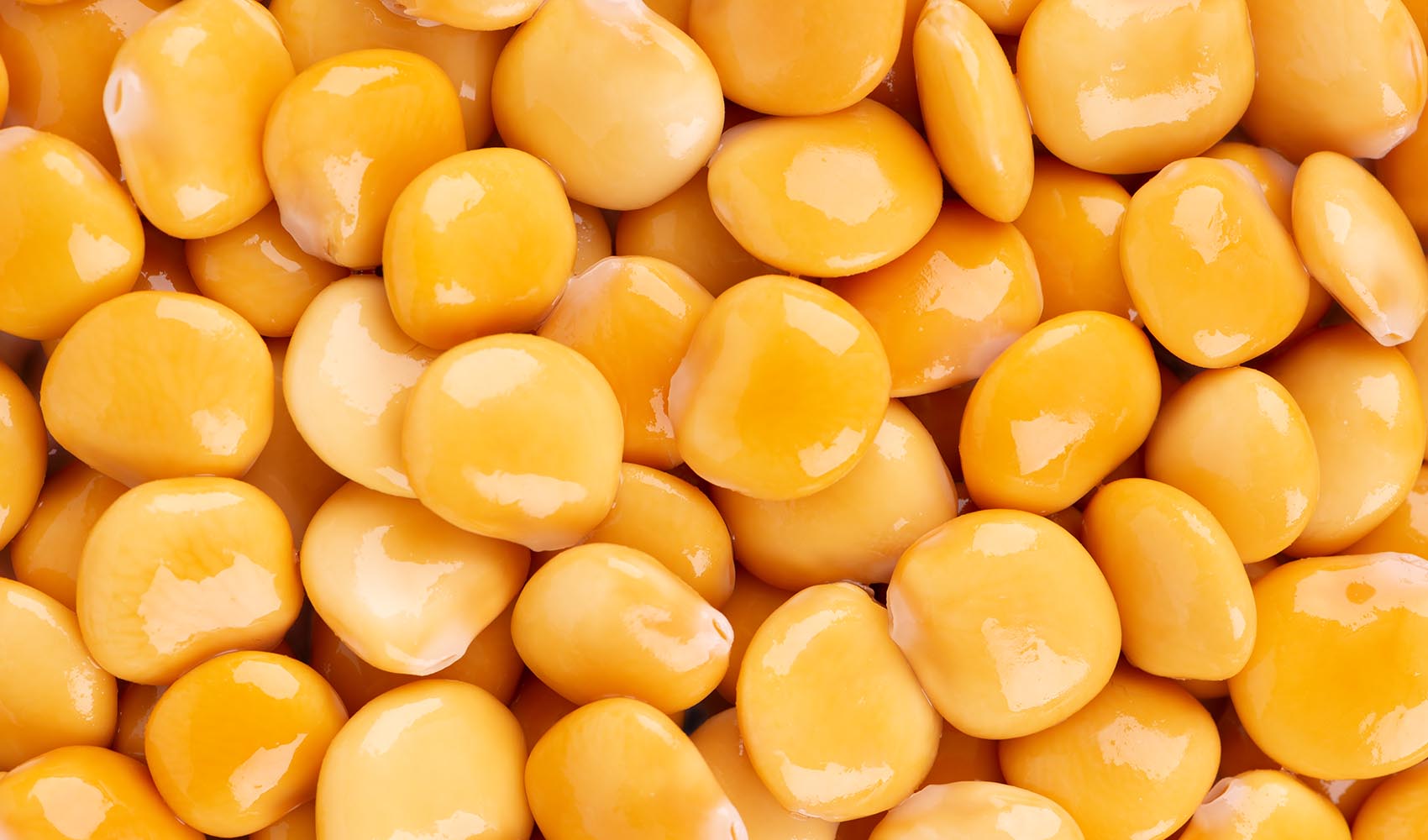
Lupini Beans as a Source of Building Blocks for the Body
The beans are one of the richest sources of protein: 100g of cooked beans contain 36.9g of this highly important nutrient. For comparison, this is four times higher than the content of protein in whole grains. Protein is responsible for healing and repairing tissue. In addition, these beans contain the whole range of amino acids, which are the building blocks of protein. The acids make up the cells, muscles, and bones of the human body. They play a crucial role in the transportation as well as the storage of nutrients, and the removal of wastes from the body.
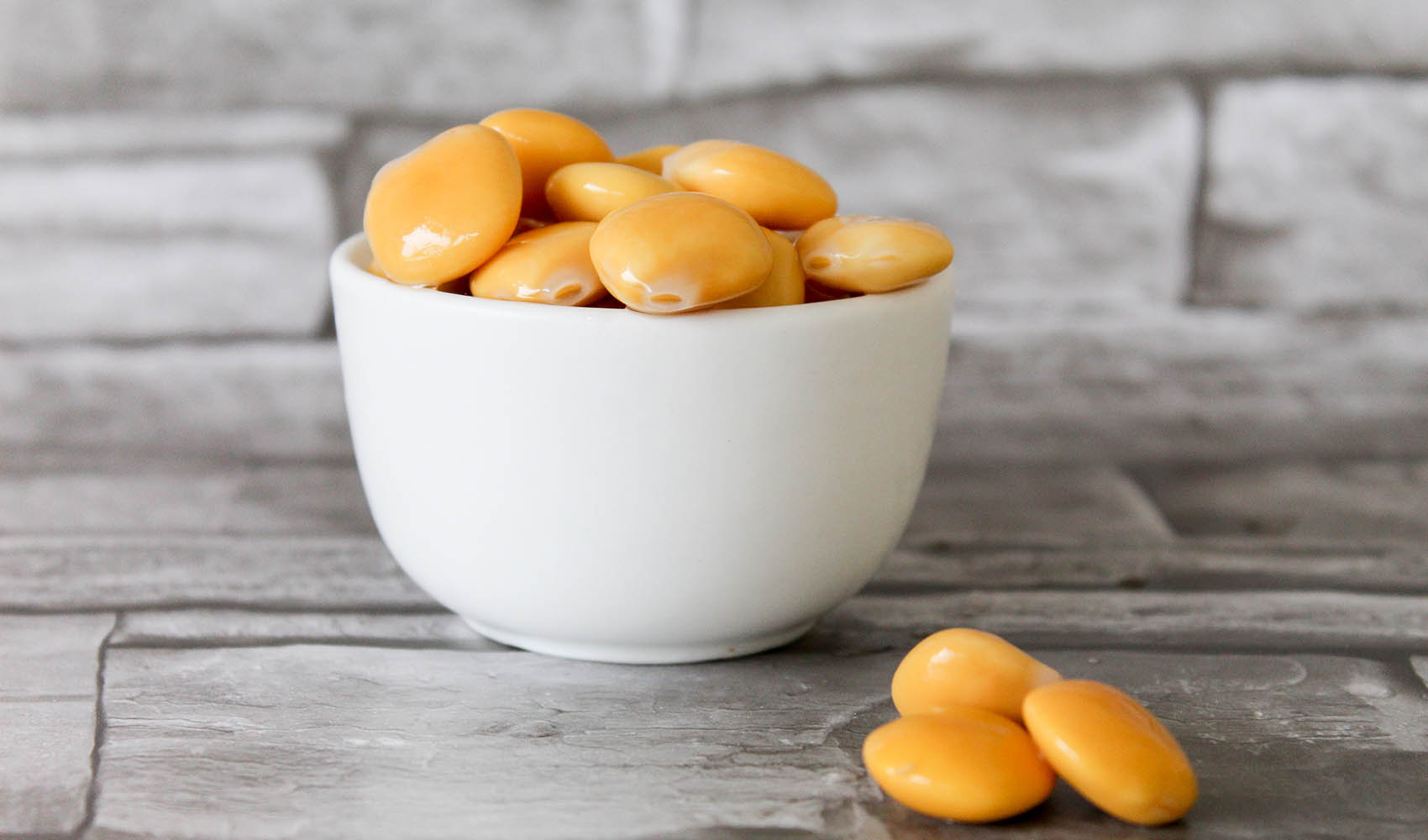
Support of the Cardiovascular System
The content of dietary fiber is 4.6g per 100g of lupini beans, or 17% of the daily recommended value. Fiber is essential for lowering “bad” cholesterol levels, cleaning the vessels, and preventing the formation of blood clots in them. This contributes to a lower risk of heart attacks and strokes. Another factor in promoting cardiovascular health is their high content of magnesium and potassium. Magnesium is a good relaxant of blood vessels, which helps to provide a better supply of oxygen and nutrients to the body. Potassium is responsible for water balance, thus regulating blood pressure and controlling the heartbeat. The antioxidants found in lupini beans prevent inflammation, adding to the cardiovascular health.
Prevention of Digestive Problems
The consumption of lupini beans promotes gut health and helps cope with constipation, irritable bowel syndrome, and other conditions related to the digestive system. Their high content of fiber makes them good prebiotics, the substances that feed good bacteria in the intestine. Recent studies have shown the direct link between these healthy bacteria and the state of the immune system.
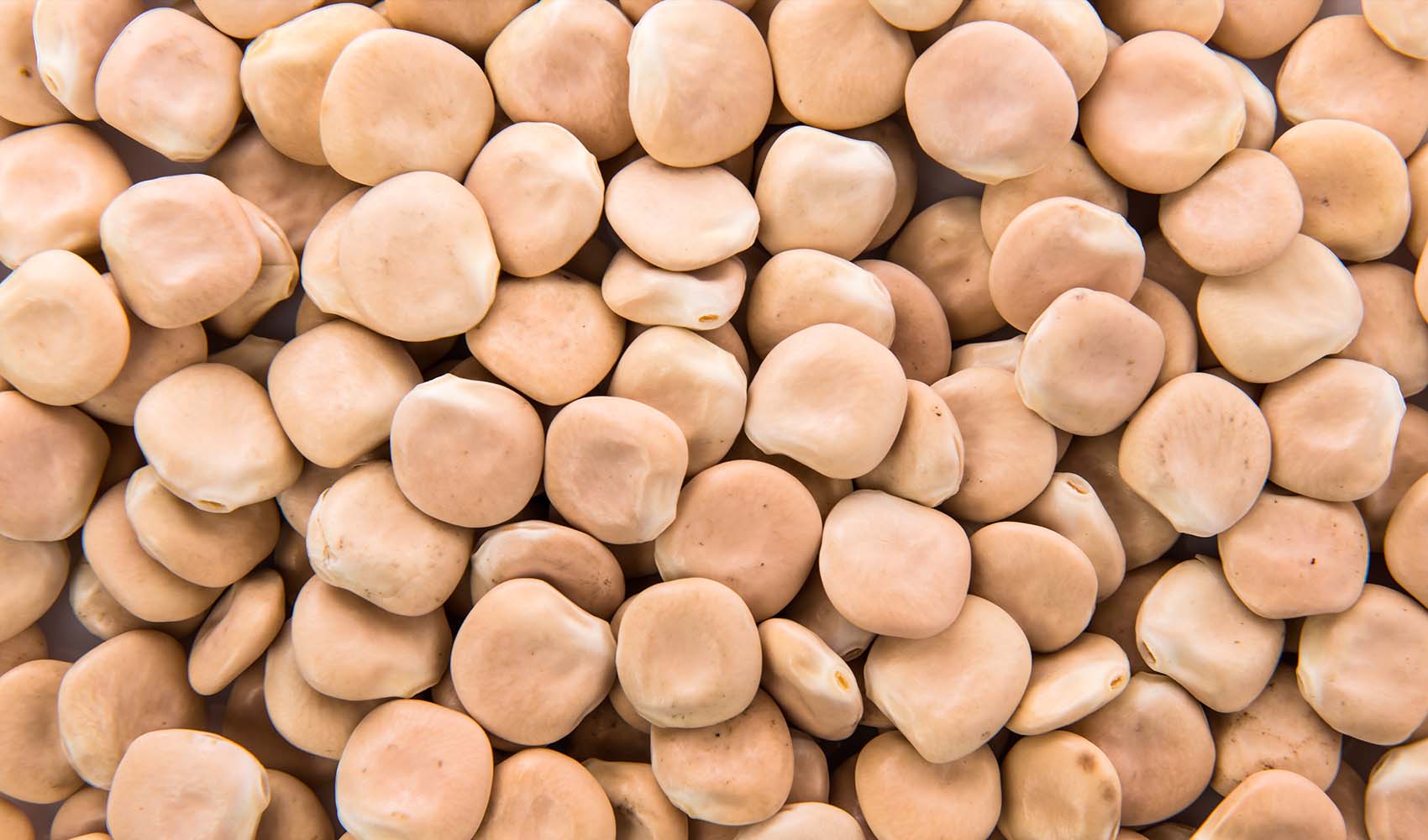
Weight Management
Being second only to soy in their content of protein, lupini are wonderful appetite suppressors. Eating them makes you full for long periods of time. 100g of the beans provide you with 40g of carbohydrates, which are a good source of energy. Carbs support your physical activity, therefore while eating these beans, you can lessen your consumption of other foods without feeling weak and tired.
The Content of Minerals and Vitamins in Lupini Beans
100g of the beans contain:
- Calcium – 176mg
- Copper – 1,022mg
- Iron – 4.36mg
- Magnesium – 198mg
- Phosphorus – 440mg
- Selenium – 8.2mcg
- Potassium – 1030mg
- Folate – 355mcg
- Thiamin – 0.64mg
- Niacin – 2.1mg
- Riboflavin – 0.22mg
- Vitamin B6 – 0.357mg
- Vitamin C – 4.8mg
The Ways of Soaking Lupini Beans
You should be rather cautious when handling lupini beans, because of the high content of toxic alkaloids in them. These give a bitter taste to the beans and can cause damage to your health. These harmful substances can be removed by soaking the beans over a long period of time. In ancient times, people put the beans into sacks and anchored them in streams so that the current would flush the harmful substances out of them. Nowadays, there are two main procedures for making the beans edible.
The first one is as follows:
- Sort the lupine beans, rinse them thoroughly, and soak them for no less than 12 hours.
- Rinse the beans, put them in a large pot, and pour water until it covers the beans by 3-4 inches.
- Bring the beans to a boil and then let them simmer for 1 hour.
- Remove them from the heat, cool, and drain. Put into a large container (not plastic, which absorbs harmful substances easily) and pour in fresh, clean water to cover them fully.
- Keep the beans in a cool place for about 5 days, changing the water 2 to 3 times a day. While changing the water, rinse them for a minute under running water.
- On the fifth day, check a bean for bitterness. It is possible that you may need to proceed with “debittering” them for 1 or 2 days longer.
- You can eat lupini only after they have lost all its bitter taste.
Sponsored by Food to live
The second procedure is more time-consuming, but more advantageous. At the end of it, you will get your beans quite ready for consumption:
- The beans should be put into a pot, immersed in water, and left to soak for 24 hours. Once or twice, check the beans to see if they are fully covered and add water if necessary.
- Drain and rinse the beans, pour in fresh water, bring to a boil, and simmer for 2 hours.
- After draining them, put the beans into a container and cover with slightly salted water. They may be kept in a fridge for the next 14 days.
- Change the water once a day. On the 14th day, add 4 tbs salt and sliced garlic and leave them one more night in the refrigerator.
- You can eat the lupini on the 15th By that time, they will have become almost fermented and won`t need any additional cooking. The portion of them can be simply tossed with olive oil, ground black pepper, or garlic. If you wish, you can add some parsley.
- The rest of the beans can be kept in an air-tight container for 2 or 3 weeks in the refrigerator.
Although certain sorts of “sweet” lupini have been developed in recent times, some of them still need to be soaked.
How to Consume Lupini Beans
After the beans have been soaked properly in salty water, they actually become pickled and can be used in snacks. They are served as appetizers in beer bars. Lupini go well with olive oil, garlic, and parsley. Italians serve them with olives at Christmas. The beans are good for hot and cold salads. They are also used for making lupini tofu and flour. Beans which have been soaked without adding salt can be marinated.
How to Buy and Store Dried Lupini Beans
If you want to buy dried lupini, choose a store with a good reputation. You can buy them in bulk or prepackaged. Ensured that they’re not moist or have been damaged by insects. Check the date of packaging or manufacturing. Dried beans will keep for 12 months in a dry, cool (room temperature) place. Keep them in an air-tight container in the kitchen.


